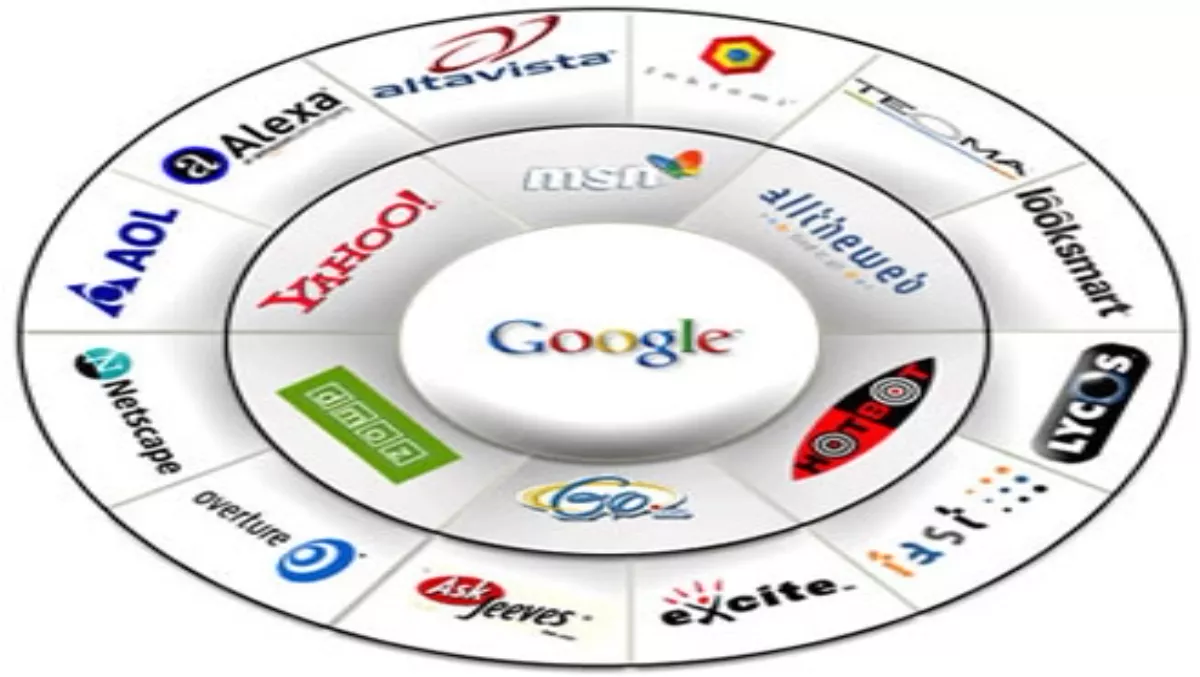For the best part of the last 50 years, television advertising has ruled the roost of most marketing budgets. But in the last few years, a new challenger has emerged that is not only gaining ground, but taking over in some industries. A challenger called Search Engine Marketing (SEM).
For those unfamiliar with it, SEM ads are those brief text ads that appear above and to the right of the ‘regular’ listings in search engines such as Google, Yahoo! and Bing. The reasons why they work so well, and the reasons why so many businesses are increasing their SEM budgets at a rapid pace support the argument that, dollar for dollar, SEM advertising is actually better than TV.
Flexibility
Probably the number one reason why SEM ads have the edge on TV advertising is flexibility. Not only can you get started with as little as $5 per day, but ads can be up and running with little to no lead time. There are no production schedules and they don’t come with the hefty minimum price tag.
But this flexibility extends beyond merely cost control, as SEM gives you ultimate control over the keywords you advertise on, the geographic locations where you advertise and the offers you promote. What’s more, if the approach isn’t working or something changes in the market, entire campaigns can be modified in real time.
For example, a local house painter can choose keywords along the lines of "house painter Auckland” and only target users based in Auckland, keeping costs down and ensuring that the campaigns are getting maximum bang for buck.
Measurability
Return on Investment; it’s the number one priority of any manager’s marketing campaign. However, the problem with traditional advertising mediums like television is that calculating a Return on Investment (ROI) is notoriously difficult.
Not so with SEM. Because the entire process is digital, every time an ad is shown to a user, the full engagement process from that moment on is recorded. That means you are not only able to see how many people are clicking your ads, but also how many of those are browsing your website, how long they spent there, whether they enquired or bought online, or even whether they picked up the phone and called.
The entire SEM process is trackable and as a result, measurable, meaning businesses are able to see that for every dollar spent on SEM, $X has been generated in return.
Active Consumers
With television advertising, the target market is in a passive state, normally sitting at home and is not actively looking for your product or service. With SEM ads, you’re hitting your target market with an advertising message at the exact time they are actively looking for it.
This means that your market actually finds your ads helpful, rather than being a nuisance. The other benefit with advertising online is that you’re actually presenting a way for the user to take action straight away, either by enquiring online, buying through a checkout or picking up the phone. Television advertising tends to be limited in the responses consumers can take straight away.
Anyone Can Do It
Web-based programs such as Google AdWords means that anyone is able to get ads running for certain keywords providing they have basic internet skills and a credit card.
However, in much the same sense that just because you own a set of watercolours doesn’t mean you can draw, getting SEM ads performing well takes time and a willingness to learn what offers and techniques work well online. Alternatively, professional agencies do exist that can create and manage SEM campaigns, like Reload Media.
The Final Verdict
So whilst television advertising certainly still has a very valuable place in modern marketing campaigns, SEM represents an opportunity for advertisers to use a targeted response-focussed approach in order to increase sales.
As a result, the potential is there for all businesses to undertake successful SEM campaigns.
Barron Braden - www.reloadmedia.co.nz - barron@reloadmedia.co.nz


